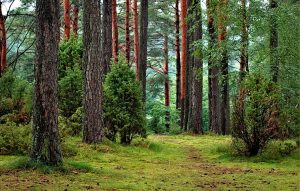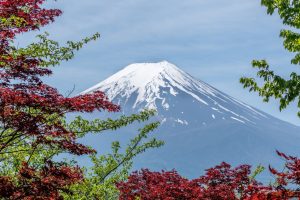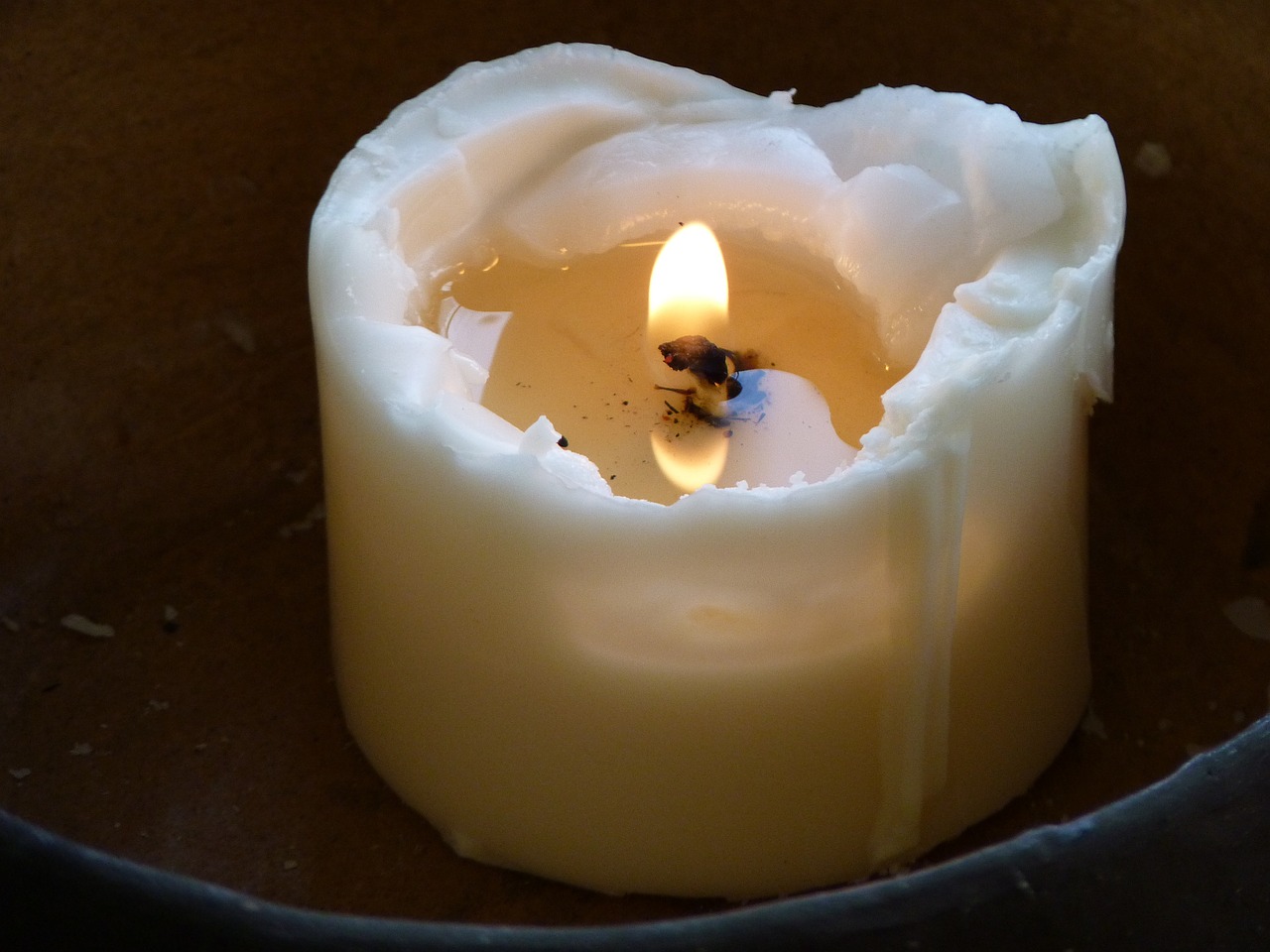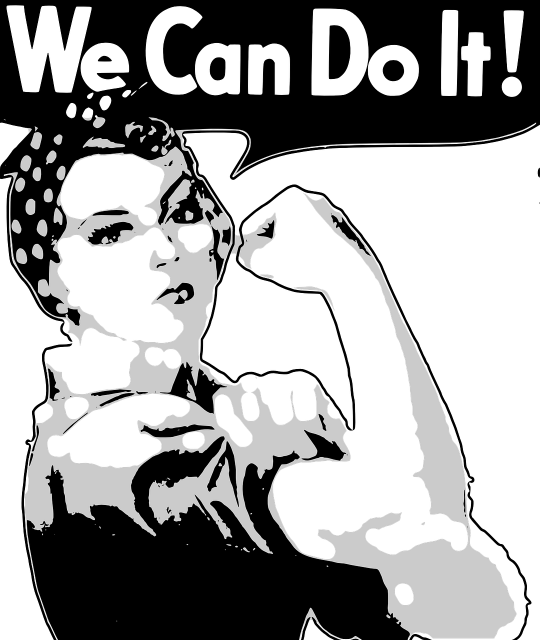
Gestresst, deprimiert oder krank? Konsultieren Sie Dr. Wald. Seine Praxis erstreckt sich über ein Drittel der deutschen Landkarte. Seine Leistungen bietet er gratis. Sprechstunde ist Montag bis Sonntag rund um die Uhr, durchgehend geöffnet – im Wortsinn.
Für die Therapie braucht es keine Medikamente, sondern Ihre fünf Sinne und Achtsamkeit. Doch Dr. Wald ist streng: Mountainbike, Debatten über Alltagsprobleme oder Handys müssen leider draußen bleiben. Doch für aufgeschlossene Patienten hat er einiges zu bieten: wissenschaftlich belegte positive Gesundheitseffekte auf Immunsystem, Blutdruck, Herzfrequenz, Lungenfunktion und Psyche.
Der deutsche Wald: Dass er romantisch verklärt und zum Teil mythisch missbraucht wurde, ist ihm egal. Uns im Großen und Ganzen auch, wenn wir ihn ganz prosaisch und pragmatisch als Ausflugsziel und Sportgelände benutzen.
So geht Wald: Shinrin-yoku

Doch wie man es richtig macht, wurde uns von Waldliebhabern eines fernen Landes gezeigt. Japaner haben ja ohnehin die Fähigkeit, verhältnismäßig simplen Tätigkeiten ungeheuren Tiefgang zu geben. Aus dem Arrangieren von Blumen wird die tiefsinnige Kunst des Ikebana, aus Teekochen wird eine Zeremonie der inneren Einkehr, aus Gartenbau wird meditatives Zen.
Klar, dass Japaner nicht einfach im Wald herumspazieren. Sie baden. Shinrin-yoku heißt die besondere Art der Waldbenutzung, nämlich in die Atmosphäre des Waldes einzutauchen beziehungsweise den Wald mit allen Sinnen wahrzunehmen. Waldbaden ist in Japan als medizinische Therapie anerkannt und ins öffentliche Gesundheitssystem integriert.
Achtsam im Wald zu baden bedeutet, alle Sinne auf das bewaldete Hier und Jetzt zu richten:
- Hören Sie das Rauschen des Windes, das Knacken der Zweige, das Zwitschern der Vögel
- Beobachten Sie das Spiel von Licht und Schatten, die Schattierungen der Farben, die Formen von Blättern und Blüten
- Berühren Sie Moos, Rinde, Laub, das Wasser eines Baches oder fühlen Sie die Beschaffenheit des Waldbodens beim Barfußlaufen
- Riechen Sie den Wald und definieren Sie die typischen Gerüche von erdig bis modrig, je nach Wetter und Jahreszeit
- Falls Sie zum Beispiel auf einen Brombeerstrauch stoßen, gibt es auch was zu schmecken
Oder kreieren Sie Formen und Gebilde aus dem, was sie im Wald so finden. Das intensive Waldbad geschieht ohne Zwang und Vorgaben, sondern vielmehr beim unbeschwerten Trödeln und spontanen Innehalten.
Auch die eigene Bewegung kann man achtsam erspüren, zum Beispiel beim Auftreten auf den weichen Waldboden oder beim Balancieren auf einem Baumstamm.
Zum Waldbad passt es außerdem, auf seinen Atem zu achten und nach eigener Vorliebe meditative Übungen zu machen.
Erkenntnisse der Waldmedizin
Bedeutendster Fürsprecher des Waldbadens ist Qing Li, Professor für Umweltimmunologie an der Nippon Medical School in Tokio und sozusagen die Koryphäe der Waldmedizin. Dabei muss man keine Klangschalen auspacken oder esoterischen Theorien anhängen.
Qing Li konnte in groß angelegten Studien nachweisen, dass sich bei seinen Probanden nach einem Waldaufenthalt die Zahl der weißen Blutkörperchen, die im Blut Krankheitserreger abwehren, signifikant erhöhte. Je länger das Bad im Wald, desto mehr Killerzellen, die auch noch Tage später nachweisbar waren.
Li empfiehlt die Waldtherapie sogar als Vorbeugung vor beziehungsweise als unterstützende Maßnahme bei Krebs. Weitere Studien, auch anderer Wissenschaftler ergaben, dass nach dem Waldbad der Blutdruck sank und die Stresshormone abnahmen. Entsprechend günstig soll sich die Waldtherapie auf das Herz-Kreislauf-System und bei psychischen Problemen wie zum Beispiel Burnout auswirken.
Studien zum Gesundheitseffekt nordamerikanischer sowie unserer heimischen Wälder gehen in eine ähnliche Richtung. Man sieht sich vor allem durch nachgewiesene Heilungserfolge bei chronischen Lungenproblemen und stressbedingten psychosomatischen Erkrankungen bestätigt. Die therapeutischen, aber auch präventiven Effekte des Waldbesuchs könnten in Sachen Kosteneffizienz einen neuen Maßstab setzen.

Botenstoffe des Waldes stärken die Abwehrkraft
Was ist es denn nun, das Gesundheitsgeheimis des Waldes? Die Stille („Waldeseinsamkeit“, Joseph von Eichendorff) und das Licht („Wie grün der Wald“, Theodor Storm) sind sicher bereits auf ihre Art heilsam. Doch soll es die Waldluft sein, die es in sich hat. So ist das Mikroklima vom vielen Grün bestimmt, das Sauerstoff spendet und Schadstoffe filtert.
Zusätzlich wabert durch den Wald ein besonderer Stoff: die Terpene beziehungsweise Phytocide. Diese organischen Verbindungen werden von Waldpflanzen aus Blättern, Rinde und Wurzeln mittels ätherischer Öle und Harze abgesondert, um Schädlinge fernzuhalten und miteinander zu kommunizieren. Vor allem diese pflanzlichen Botenstoffe sollen die Heilkraft der Bäume ausmachen. Denn die chemischen Moleküle können vom menschlichen Organismus eingeatmet und entschlüsselt werden – mit den positiven Auswirkungen auf das Immunsystem und die Selbstheilungskräfte.
Das funktioniert sogar im Hotel. Dort hat Qing Li bestimmte Zimmer mit terpenehaltiger Waldluft klimatisiert. In der kontrollierten Studie konnte er nachweisen, dass die waldbedufteten Bewohner am nächsten Morgen mehr Abwehrzellen im Blut hatten als die Bewohner, die normale Zimmerluft eingeatmet hatten.
Erster europäischer Heilwald grünt in Deutschland
Mit deutscher Gründlichkeit und organisatorischem Know-how ist es gelungen, die japanische Vorlage hierzulande vorbildhaft mit Amt und Siegel zu versehen. So wurde ein Forst in Mecklenburg-Vorpommern zum „ersten europäischen Kur- und Heilwald“ erklärt und aufbereitet. Mit Kriterien, wissenschaftlicher Überwachung und Zertifikat.
Der seit 2017 offiziell approbierte Forst befindet sich beim Ostseebad Heringsdorf auf Usedom. Nahegelegene Rehakliniken unterstützen das Projekt unter anderem mit einer Pilotstudie zu den positiven Effekten bei chronisch obstruktiver Lungenerkrankung. Zusätzlich zu den vom Wald höchstselbst gespendeten Sinneseindrücken und Terpene-Gaben des Waldbadens gibt es Geräte für allerlei Übungen und barrierefreie Wege für Geh- und Sehbehinderte.
Die Heilwald-Pioniere an der Ostsee trafen auf reges Interesse – bei Besuchern und Patienten, bei Fachleuten auf einem internationalen Kongress zum Thema Waldtherapie und bei zahlreichen weiteren Gemeinden, die sich um die Prüfung ihrer Forstgebiete als Kur- oder Heilwaldkandidat bewerben. Die Waldoffensive könnte der Erholung nicht nur feinstaub- und burnoutgeschädigter Städter, sondern auch landfluchtgeplagter Gemeindekassen dienen.
Mit oder ohne Waldtherapeut
Der geneigte Spaziergänger, der sich zum veritablen Waldbader entwickeln möchte, kann sich an vielen Orten von einer Expertin oder einem Experten begleiten und anleiten lassen. Waldbaden wird zum Teil in Wellnessprogrammen angeboten. Für die Dienstleistung „Waldtherapeut“ gibt es sogar einen Lehrgang mit Hochschul-Zerifikat.
Doch zum Glück kann einstweilen auch jeder einfach so seinen nächstgelegenen Dr. Wald aufsuchen.
English Version
Forest doctor’s office: open daily
Stressed out, depressed or sick? Consult Dr. Wald. His practice covers a third of the German map. He offers his services free of charge. Consultation hours are Monday to Sunday around the clock, open all day. The therapy does not require medication, but your five senses and mindfulness. But Dr. Wald is strict: mountain biking, debates about everyday problems or mobile phones must stay outside. But for open-minded patients he has a lot to offer: scientifically proven positive health effects on the immune system, blood pressure, heart rate, lung function and psyche.
The German forest: The fact that it was romantically transfigured and partly mythically abused is irrelevant to him. By and large, we don’t care either, even if we use it quite prosaically and pragmatically as a destination for excursions and sports grounds.
Forest goes like this: Shinrin-yoku
But how to do it right was shown to us by forest lovers from a distant land. The Japanese anyway have the ability to give relatively simple activities tremendous depth. Arranging flowers becomes the profound art of Ikebana, making tea becomes a ceremony of inner reflection, gardening becomes meditative Zen.
No wonder the Japanese don’t just walk around in the woods. They bathe. Shinrin-yoku is the name of the special way of using the forest, namely to immerse oneself in the atmosphere of the forest or to perceive the forest with all senses. In Japan, forest bathing is recognized as a medical therapy and integrated into the public health system.
Mindful bathing in the forest means directing all senses to the wooded here and now:
- Listen to the rustling of the wind, the crackling of the branches, the chirping of the birds
- Observe the play of light and shadow, the shades of colours, the shapes of leaves and flowers
- Touch moss, bark, leaves, the water of a stream or feel the texture of the forest floor when walking barefoot
- Smell the forest and define the typical smells from earthy to musty, depending on the weather and season
- If you come across a blackberry bush, there’s also something to taste
Or create forms and shapes from what you find in the forest. The intensive forest bath is done without any constraints and specifications, but rather with carefree dawdling and spontaneous pausing.
You can also carefully feel your own movement, for example when stepping on the soft forest floor or when balancing on a tree trunk.
It is also suitable for the forest bath to pay attention to your breath and do meditative exercises according to your own preference.
Findings of forest medicine
The most important advocate of the Forest Bath is Qing Li, Professor of Environmental Immunology at the Nippon Medical School in Tokyo and, so to speak, the luminary of forest medicine. There is no need to unpack singing bowls or cling to esoteric theories.
Qing Li was able to prove in large-scale studies that in his test persons the number of white blood cells, which fend off pathogens in the blood, increased significantly after a stay in the forest. The longer the bath in the forest, the more killer cells that could be detected even days later.
Li even recommends forest therapy as a preventive or supportive measure against cancer. Further studies, also by other scientists, showed that after the forest bath the blood pressure dropped and the stress hormones decreased. Accordingly, forest therapy is said to have a positive effect on the cardiovascular system and psychological problems such as burnout.
Studies of the health effects of North American forests and our native forests are moving in a similar direction. One sees oneself confirmed above all by proven healing successes with chronic lung problems and stress-related psychosomatic illnesses. The therapeutic, but also preventive effects of forest visits could set a new benchmark in terms of cost efficiency.
Chemical messengers of the forest strengthen the immune system
What is it then, the health secret of the forest? The silence („Waldeseinsamkeit“, Joseph von Eichendorff) and the light („Wie grün der Wald“, Theodor Storm) are certainly already healing in their own way. But it is supposed to be the air of the forest that does it. Thus the microclimate is determined by the abundance of greenery, which provides oxygen and filters pollutants. In addition, a special substance wafts through the forest: terpenes or phytocids. These organic compounds are secreted by forest plants from leaves, bark and roots by means of essential oils and resins in order to keep pests at bay and communicate with each other. It is above all these plant messengers that are said to make up the healing power of the trees. This is because the chemical molecules can be inhaled and decoded by the human organism – with positive effects on the immune system and self-healing powers.
It even works in a hotel. There, Qing Li has air-conditioned certain rooms with terpene forest air. In the controlled study he was able to prove that the next morning the forest-scented residents had more defence cells in their blood than the residents who had breathed normal room air.
The first European therapeutic forest grows green in Germany
With German thoroughness and organisational know-how, the Japanese model has been successfully given an exemplary status and seal of approval in this country. For example, a forest in Mecklenburg-Western Pomerania was declared and prepared as the „first European cure and healing forest“. With criteria, scientific monitoring and certificate. The forest, which has been officially approved since 2017, is located near the Baltic resort of Heringsdorf on Usedom. Nearby rehabilitation clinics support the project with, among other things, a pilot study on the positive effects in cases of chronic obstructive pulmonary disease. In addition to the sensory impressions and terpene gifts of the forest bath, which are donated by the forest itself, there are devices for all kinds of exercises and barrier-free paths for the walking and visually impaired.
The Healing Forest pioneers at the Baltic Sea met with lively interest – from visitors and patients, from experts at an international congress on forest therapy and from numerous other communities applying to have their forest areas examined as candidates for a cure or healing forest. The forest offensive could serve the recreation not only of city dwellers suffering from particulate matter and burnout, but also of community coffers plagued by rural exodus.
With or without forest therapist
The inclined stroller, who wants to become a veritable forest bathing enthusiast, can be accompanied and guided by an expert in many places. Waldbaden is partly offered in wellness programmes. For the service „forest therapist“ there is even a course with university certification.
But fortunately, for the time being, everyone can visit their nearest Dr. Wald just like that.




